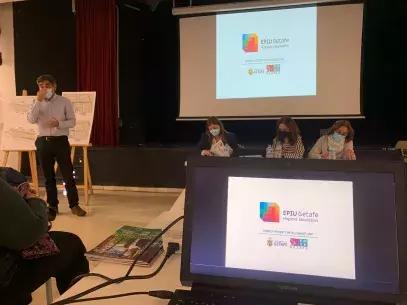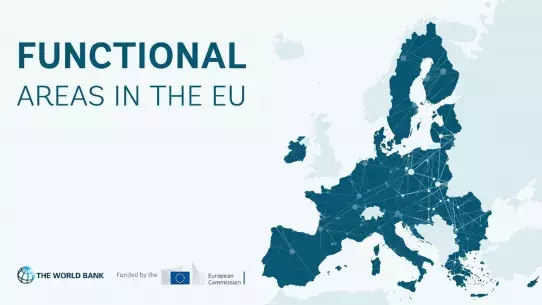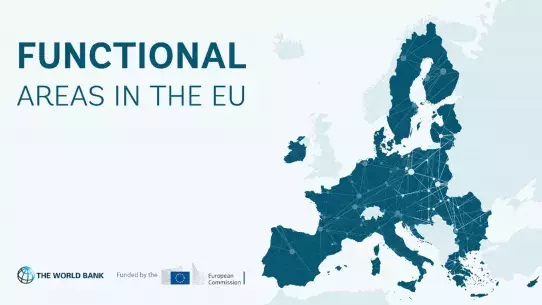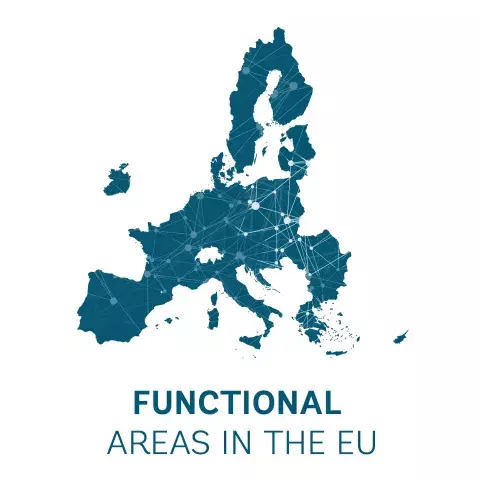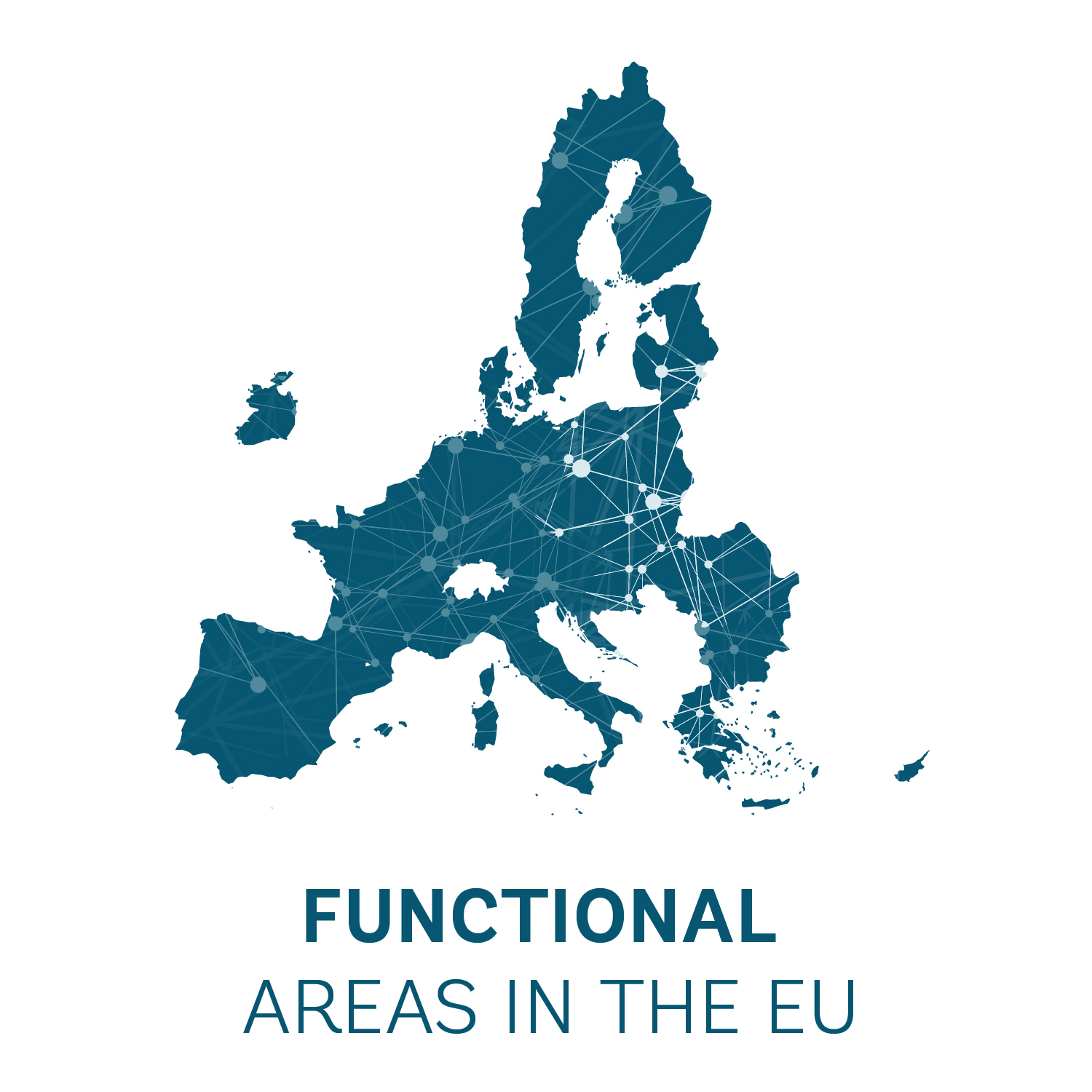
CROSS BORDER COOPERATION | STRATEGIC PLANNING | GREEN MOBILITY ChallengeChanging behaviour and awareness of public transport, mobility and micro mobility among the Kalisko-Ostrowska Agglomeration Association residents SolutionKey actions: elaboration of the Sustainable Urban Mobility Plan for the Kalisko-Ostrowska Agglomeration and improving public transport policy by involving citizens in the process of designing and implementing sustainable transport strategies. The main objective of the project was to contribute to the achievement of the objectives of a low-carbon economy by supporting low-emission public transport, including cycling and walking. A very important element of the project was to learn about human needs and motivations in order to be able to influence the change of habits and habits related to the mobility of people. One of the main distinguishing features of Sustainable Urban Mobility Plans was the wide range of public participation, much wider than traditionally perceived public consultations. This meant identifying the most important stakeholders on the supply and demand side of the transport market and including them in the process of developing the plan from the very beginning. The implementation of the project (the Association of the Kalisko-Ostrowska Agglomeration in partnership with the Adam Mickiewicz University Foundation, the Poznań Science and Technology Park and foreign partners from Germany, the UK, Greece and Spain) assumed the exchange of knowledge and experience between partners, so that the best solutions in the field of sustainable transport can be implemented in Wielkopolska. The implemented project complements and continues the activities towards sustainable public transport and supports low emissions. The major challenges to overcome was: to influence the change of citizens’ behaviour using the knowledge and good practices of environmental solutions based on the development of economics, sociology and psychology in order to stimulate people to more balanced routines and habits to launch transferable mechanisms for public involvement in policy-making processes in the participating territories effectively implement politically difficult solutions (e.g. restrictions for passenger cars in central urban areas) that required political and economic stability at both local and national level. Sustainable Urban Mobility Plan for the Kalisko-Ostrowska Agglomeration is a comprehensive document of strategic importance, developed and implemented by the city authorities and entities involved in the implementation of transport policy. It is a tool facilitating planning, taking into account the broader context of the city’s functioning and the long-term perspective. The document presents the existing conditions and defines the basic goals and directions of sustainable transport in the AKO area. It covered all branches of passenger and freight transport. One of the many findings of the study was to define standards of transport services in public transport, based on the idea of cooperation (all units managing road infrastructure, road traffic and public transport system) and integration (of all means of transport). The complexity of sustainable urban mobility activities, numerous and diverse stakeholders, the composition of organising, management and investment activities, a long period of planned activities in changing external conditions are the reasons why an appropriate management model is of particular importance. More information about the project: http://sako-info.pl/sfera-infrastrukturalno-srodowiskowa/projekt-pe4trans/ ; https://projects2014-2020.interregeurope.eu/pe4trans/ More information about the SUMP – Kalisko-Ostrowska Agglomeration Association (sako-info.pl) , Stowarzyszenie Aglomeracja Kalisko-Ostrowska | Facebook Videos about all The Kalisz-Ostrowska Agglomeration Association : https://www.youtube.com/watch?v=egsJ4hGL3QU Other best practices Tourism, culture and brandingHarnessing the Untapped Potential: The All-Season Tourism Masterplan for Jiu ValleyJiu Valley & Jiu ConurbationContinue reading Best Practices | Urban regenerationUrban-rural linkages: regeneration of public spaces in the Cluj Metropolitan AreaCluj-Napoca Metropolitan AreaContinue reading Governance | Strategic planningIntegrated Development Strategy of Brno Metropolitan AreaBrno Metropolitan AreaContinue reading 12Next
About this resource
In 2021, the European Commission launched a pilot project to improve functional area approaches in the EU and has partnered with the World Bank to implement this initiative. As part of the project, the project team collaborated with 12 functional areas from seven EU countries, providing them with tailored technical support and assistance: Zagreb Urban Agglomeration (Croatia), Brno Metropolitan Area (Czech Republic), West Athens (Greece), Lake Balaton Area (Hungary), Kalisz-Ostrów Agglomeration, Kraków Metropolitan Area (Poland), Jiu Valley and Jiu Conurbation Functional Area, Caraș-Timiș Functional Area, Cluj Metropolitan Area, Oradea Metropolitan Area, West Ialomița Functional Area (Romania), and Trenčín Functional Area (Slovakia).
Similar content
